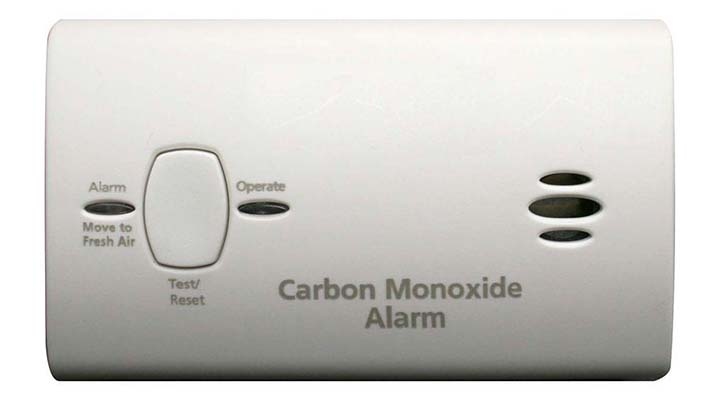In the sustainability world, most of the conversation revolves around carbon dioxide. But this time of year it’s important to remember that indoor air quality can be dramatically impacted by the presence of carbon monoxide (CO), with serious health consequences.
Did you know calls to the Nebraska Regional Poison Center concerning carbon monoxide have already exceeded last year’s exposures — even with the mild weather?
Did you know the Centers for Disease Control and Prevention ranked Nebraska as one of the states with the highest mortality rate from carbon monoxide?
They also note that each year in the U.S., there are more than 400 deaths and approximately 15,000 ER visits due to carbon monoxide poisoning. Understand the dangers, symptoms, and prevent your family from being effected.
Get the facts on CO:
- Who: A silent killer
- What: Carbon monoxide
- When: Highest risk of danger is in November, December, January and February
- Where: It could be in your home right now.
- Why: Carbon monoxide is produced when fuels burn incompletely.
What you should do if you see carbon monoxide? You won’t.
Carbon monoxide is colorless, odorless, and tasteless. That’s why it’s so deadly. Symptoms of carbon monoxide poisoning include sleepiness, headache, dizziness, blurred vision, vomiting, shortness of breath and convulsions. Symptoms of carbon monoxide poisoning resemble those associated with other health conditions that are common among the elderly, especially in the winter. The carbon monoxide death rate is highest among people greater than 65 years of age.
If you or a member of your family have any of these symptoms, get the victim outside to fresh air ASAP and then seek medical attention.
As always prevention is the key. The Nebraska Regional Poison Center offers the following suggestions to prevent carbon monoxide poisoning:
- Install carbon monoxide alarms on every level of your home.
- Inspect all fuel-burning equipment yearly.
- Vent fuel-burning heaters to the outside.
- Do not use a gas range or an oven for heating a room.
- Never use a charcoal or gas grill inside.
- Never leave a car running in an attached garage, even with the garage door open.
- Run generators a safe distance from the home — never next to a window, door or vent.
- Have vehicle muffler and tailpipes checked regularly.
If you suspect carbon monoxide poisoning or have any questions, contact the Nebraska Regional Poison Center toll-free at 1-800-222-1222. Nurse specialists are available 24/7 to assist you.
